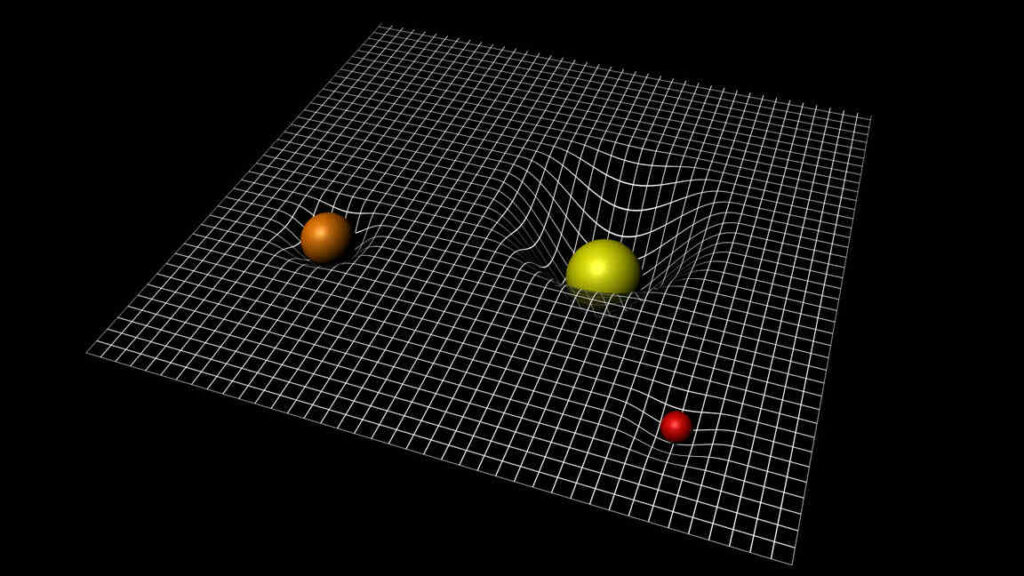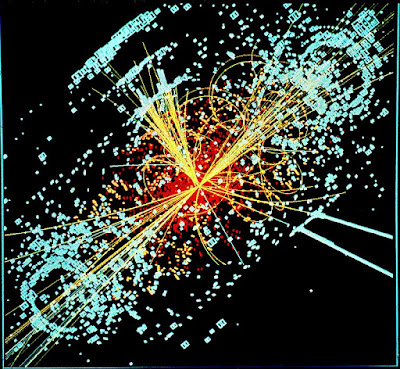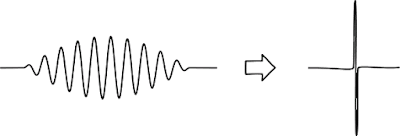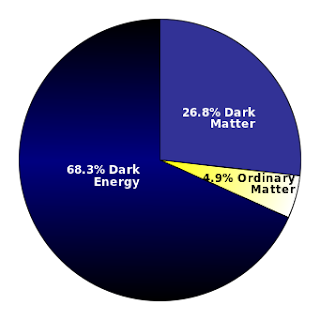Whenever any physicist predicts that this is the end of physics, suddenly a new theory pops out in physics defining a new way to understand the mechanism or process that how actually nature works.
Physics can be bifurcated into two groups i.e
1. Experimental Physics: a way to understand the nature of the working universe by simply demonstrating or making a prototype of a phenomenon to be explained.
2. Theoretical Physics: a way to understand the nature of the working universe by theoretically explaining just using hypothesis and maths to explain physical phenomena.
✱ let’s take an example of a world-famous scientist: the great Albert Einstein.
Albert Einstein is majorly famous for his theoretical works regarding Einstein’s Theory Of Relativity. Yet he got his Nobel prize in physics for his explanation of the photoelectric effect not for the theory of relativity. This is probably because the photoelectric effect is experimentally proven. on the other hand, relativistic theory is just a theoretical concept which is why he did not win a Nobel prize in physics for his extraordinary work in the field of relativistic theory.
Now let’s see the four great unsolved problems Of theoretical physics
1. Unifying Quantum Theory with General Relativity
Combining Quantum Theory with General Relativity is the far hottest topic to be ever discussed by any physicist association throughout the sphere. Physicists do even name the theory (if in the coming future theory is completed) to be called Quantum Field Theory or Quantum Gravity.

If someday Gravitons are actually been detected then and only then the question related to the space-time curvature at the sub-atomic level could be explained.
see also, Four Key Characteristics Everyone Should Know About Quantum Physics
2. What Lies Beyond The Standard Model?
As nowadays physicists refer that the Standard Model Of Particle Physics is the most successful theory that has ever been formulated. Well, after the discovery of the Higgs boson experimentally in 2012 (though it was hypothesized in the early 1960s) solidified the long-standing prediction of its existence. Still, the standard model of particle physics isn’t able to explain everything; forcing the physicist to ask a question that, “What lies beyond the standard model?“.
 |
| CMS particle detector data depicting a Higgs boson produced by colliding protons decaying into hadron jets and electrons Photo Credit: Wikimedia Commons |
Physics Beyond The Standard Model is a theoretical model which is necessary to explain the inadequacy of the standard model such that its inability to explain the origin of mass, matter-antimatter asymmetry, the inconsistency of the standard model with Einstein’s general relativity, space-time singularity issues such as Black Hole or Big Bang, the origin of String Theory or M-theory, etc.
However, the standard model is quite successful for the explanation of Higgs boson, W and Z boson,s or Quarks. It is really baffling for physicists to perceive what lies beyond the standard model because the human mind eludes for more.
3. The Foundational Problem Of Quantum Mechanics: Wavefunction Collapse
As the quantum mechanical law states that each and every fundamental particle (electron-proton-neutron) doesn’t behave like tiny balls, but sort of like waves that are spread over a large space. Each particle is represented by its Wave-Function or Probability Distribution, which tells us where a particle is or what’s the velocity of the particle etc.
 |
| wave-function collapses when we perform a measurement Photo Credit: pitt.edu |
The thing is when we experimentally try to measure a particle’s velocity or position, which apparently causes the wave function to collapse into a definite state. Now the question arises what causes the wavefunction to collapse? why does measuring a particle’s position or momentum significantly lead to wavefunction collapse? how does the quantum description of reality give rise to the reality we perceive?
4. what universe is made of?
- Ordinary Matter (4.9 percent)
- Dark Matter (26.8 percent)
- Dark Energy (68.3 percent)
 |
| Estimated distribution of ordinary matter, dark matter, and dark energy in the observable universe Photo Credit: Wikimedia Commons |
The so-called hypothesis state that only around 5 percent of the total mass-energy of the universe can absorb or emit light i.e. ordinary matter and the rest of the constituent of the universe which is around 95 percent neither can emit light nor it can absorb light. Only 5 percent of the universe (ordinary matter) can be observed directly and the rest of the 95 percent of the universe (dark matter and dark energy) can’t be observed directly. So, therefore, as a result, physicists around the globe are still trying to figure out what they are?
Over the past 80 to 90 years it has been cleared that the fundamental remainder (excluding ordinary matter) is comprised of two undefined entities — Dark Matter and Dark Energy. Till today the hypothesis or theoretical prediction of dark matter and energy has not been identified. But maybe in a considerable future, we will.